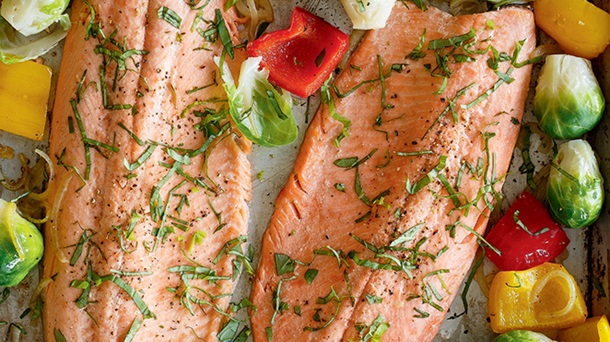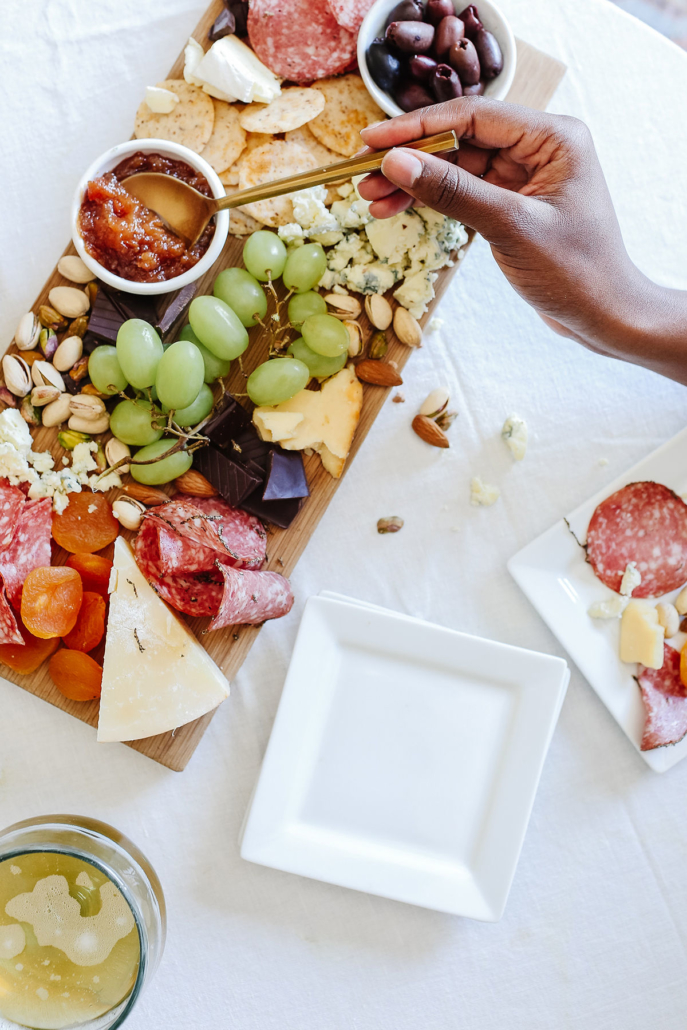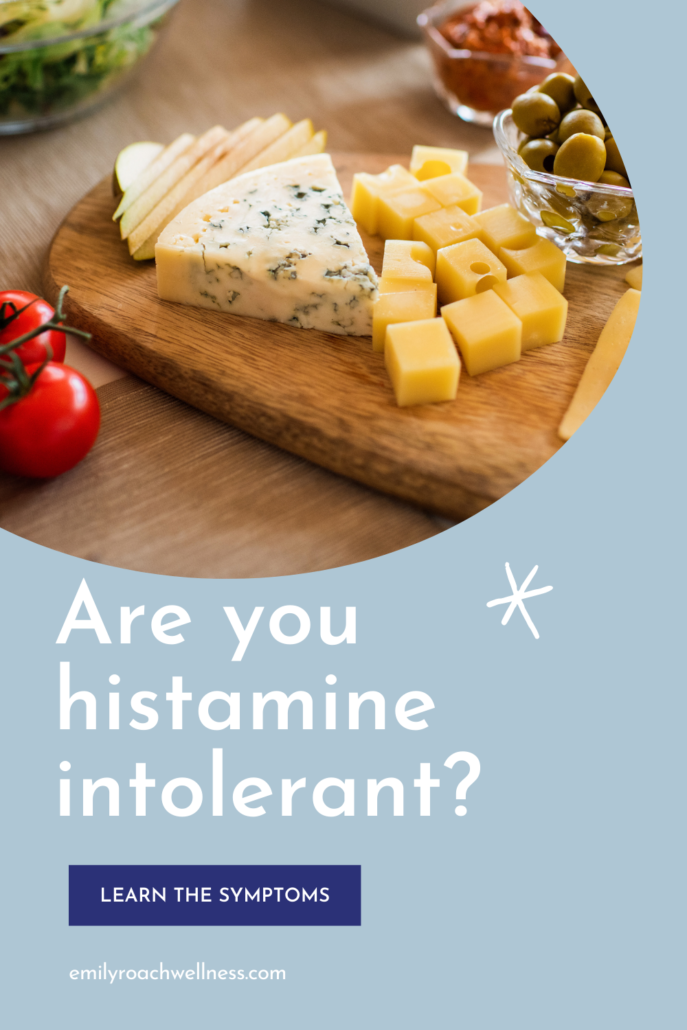NUTRITION
Do you have Histamine Intolerance?
Have you heard the term histamine intolerance and wondered if you have it? Ever have a glass of wine and get a flushed face? Or enjoy eggplant parmesan but then feel stuffed up? Today I’ll explain what is histamine intolerance (HIT), the symptoms, and how can you manage your diet if you have HIT.
What is Histamine Intolerance?
Histamine intolerance occurs when the body’s making histamine faster than it can break it down. Histamine is a natural substance and always present in the body and many food sources. It’s the overload that causes someone to become symptomatic.
Two key enzymes in your body are needed to break down histamine from your food, DOA and HNMT. If your body is low in DOA, the enzyme diamine oxidase will struggle to break down histamine. Histamine N-methyltransferase (HNMT) plays a central role in the degradation of the neurotransmitter histamine. Everyone’s histamine tolerance level is different because of their overall health, age, stress levels, and environment.
What are the Symptoms of Histamine Intolerance?
How do you know if you have histamine intolerance? While there are a wide variety of symptoms from histamine intolerance, here are the ones that are most consistent:
- runny nose
- watery eyes
- nasal congestion
- headaches
- nausea
- fatigue
- hives
- skin irritations
- digestive issues
- anxiety
- high blood pressure
- flushing.
I think it’s most important to create a food journal to keep track of your meals and your symptoms for a couple of weeks. This is the most helpful tool when working with a health coach focused on food sensitivities.
What Causes Histamine Intolerance?
Many factors can contribute to a histamine overload, such as food, nutrient deficiencies, medications, and hormone imbalances. This is what appears to be most common:
Decreased DOA enzyme can also be caused by SIBO (small intestinal bacterial overgrowth,) hormonal imbalances, or chronic inflammation.
Seasonal allergies can also cause histamine production. However, histamine intolerance isn’t a true allergic reaction. It does not involve immune immunoglobulin E (IgE) reaction, which are antibodies produced by the immune system. It presents itself more like a food sensitivity, which doesn’t show up on a lab test.
We might call this a pseudo allergy, but it’s certainly real.
Histamine intolerance is also being found in children and can help explain digestive complaints when all lab tests come back “normal.” (source below)
What are low histamine foods?
Low histamine foods do not produce histamine in your body. You can find many lists when searching for a low-histamine diet.
The list includes
- wild seafood
- all fruits (except, citrus, strawberries, and bananas)
- all vegetables (except tomatoes, avocado, spinach, eggplant)
- quinoa
- rice
- coconut milk.
What are High Histamine Foods?
On the flip side, we want to know which foods are high in histamine or cause histamine to be produced in the body. This list is long, which is why I don’t suggest anyone stay on a low histamine diet long term as it’s very limiting.
High histamine foods include:
- fermented foods
- alcohol, wine
- smoked or aged meats
- citrus, bananas, strawberries
- dried fruits
- papaya, pineapple
- black tea
- peanuts
- eggs
- avocado
- eggplant
- nuts
- spinach
- tomatoes
- canned fish
- vinegar
- ketchup
- shellfish
- cheese
- beans
- soy
- chocolate
- pickles
- food dye, and preservatives
What to do if you have Histamine Intolerance?
First, look into a low-histamine diet to help your body calm down the stress it’s under from food.
Second, educate yourself about other ways you can help your body heal.
If you have histamine intolerance, you will also benefit from healing your gut. One way to do that is to include bone broth, collagen, and probiotics in your diet. (though only specific probiotic strains) As a result, your body may naturally produce more of the enzymes needed to break down histamine.
You can also consider adding in natural antihistamines, like Vitamin C and quercetin. In addition, you can look into the methods of boosting DOA production naturally.
There is some new evidence that DOA enzyme supplements can also decrease HIT symptoms. (source below)
Histamine and Wine
if you develop allergy-like system symptoms after a glass of wine, you may be histamine intolerant. Many people think they are reacting negatively to sulfites or tannins, but it could be HIT. Wine actually has three strikes against it as it’s fermented, aged, and contains alcohol. (yet I know how much we love it!)
Red wine contains 60-3800, milligrams/per glass of histamine. Red wine production includes grape skins, which naturally have more histamine present. White wine, contains 3-120, milligrams/per glass versus the higher red wine amount.
Wines fermented in steel barrels will have lower histamine levels. Also, wines from Washington State, California, and Oregon tend to have lower histamine levels than European wines.
What’s most important is to avoid wine with any added food dye and preservatives, or excess sulfites. This can cause histamine production. I opt for Scout & Cellar wine as there is no added food dye or preservatives, and a low sulfite level allowed.
What to do next?
If you suspect you may be histamine intolerant, you can test out a few things.
- Follow an Elimination Diet
- Avoid high histamine foods.
- Keep a food journal
As a health coach specializing in food sensitivities and allergies, feel free to book a complimentary chat, and I can share more about how I help clients uncover the root cause of their symptoms. Figuring out meal plans and recipes can be overwhelming on your own, but it becomes much more manageable with a culinary nutrition coach.
Sources
E. Kovacova-Hanuskova, T. Buday, S. Gavliakova, J. Plevkova,
Histamine, histamine intoxication and intolerance,
Allergologia et Immunopathologia,
Volume 43, Issue 5,
2015,
Pages 498-506,
ISSN 0301-0546,
https://doi.org/10.1016/j.aller.2015.05.001.
- Published online 2017 Feb 27. doi: 10.1007/s40629-017-0011-5









